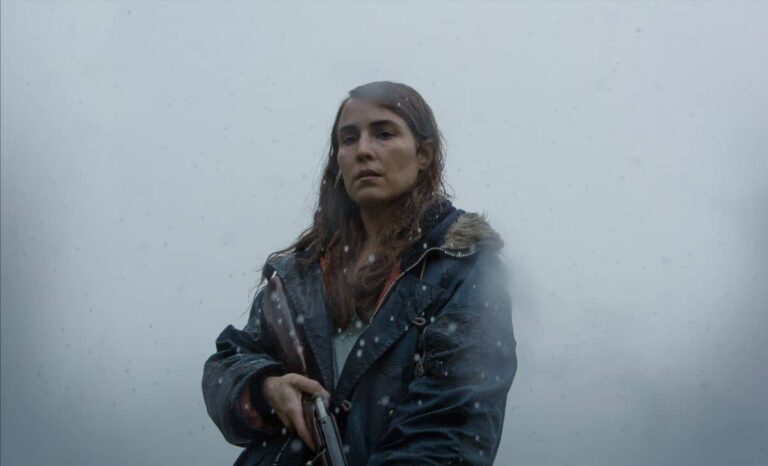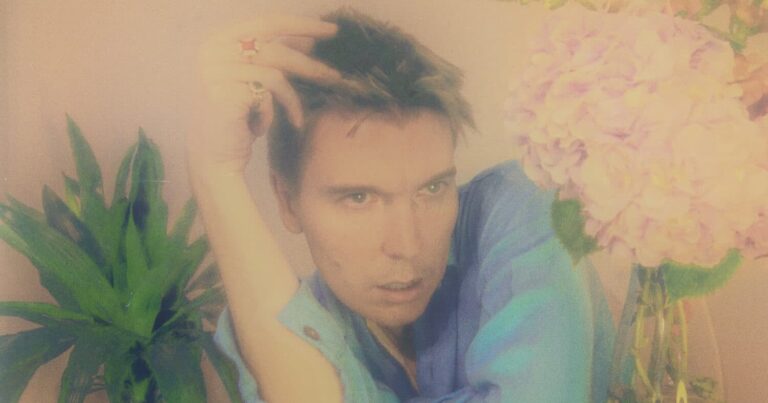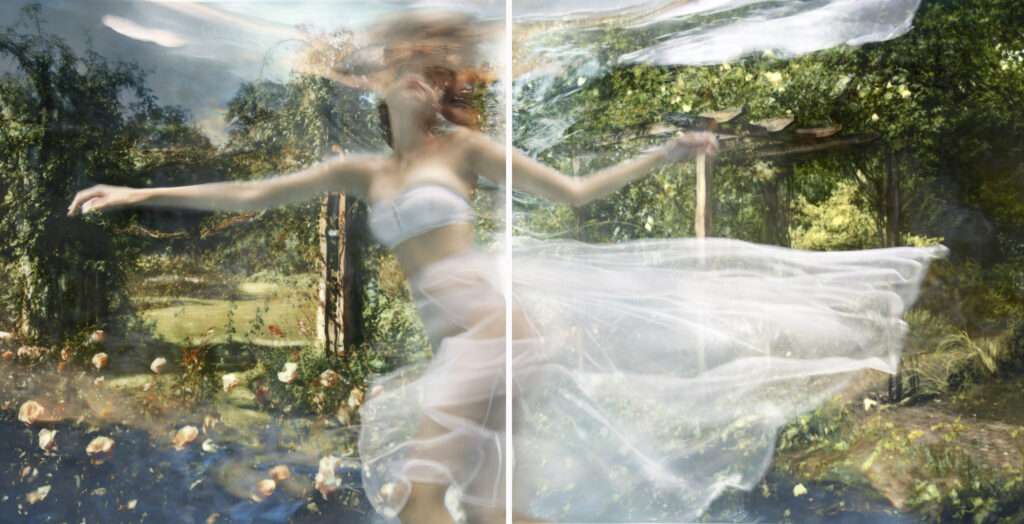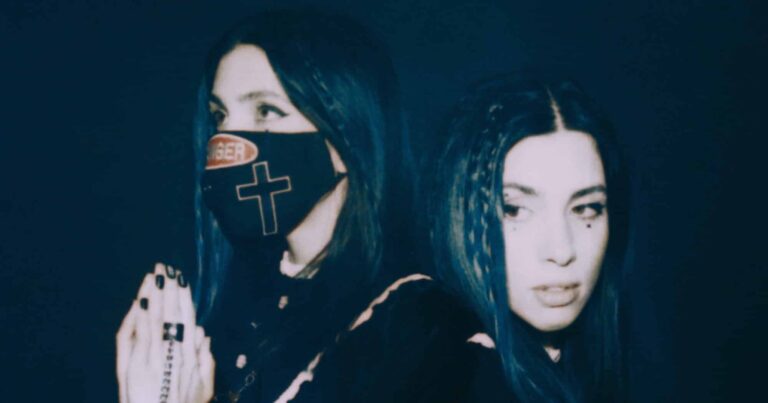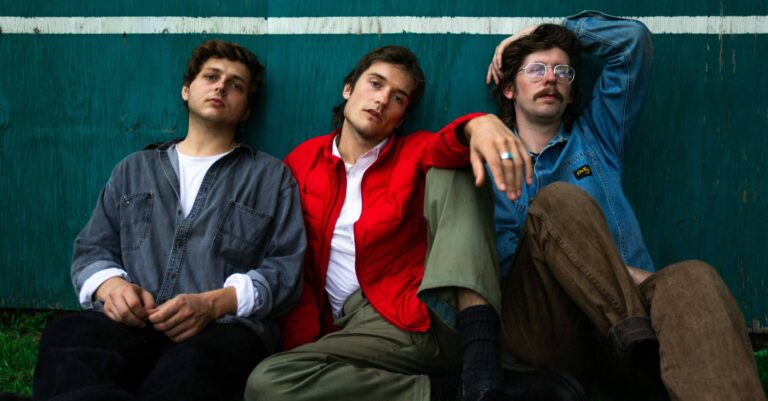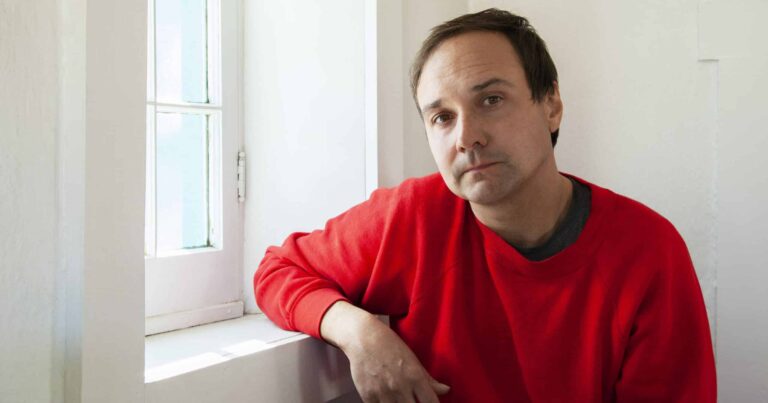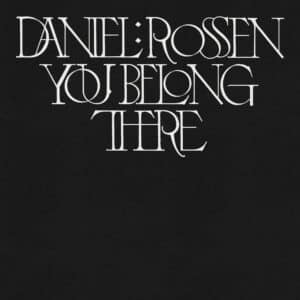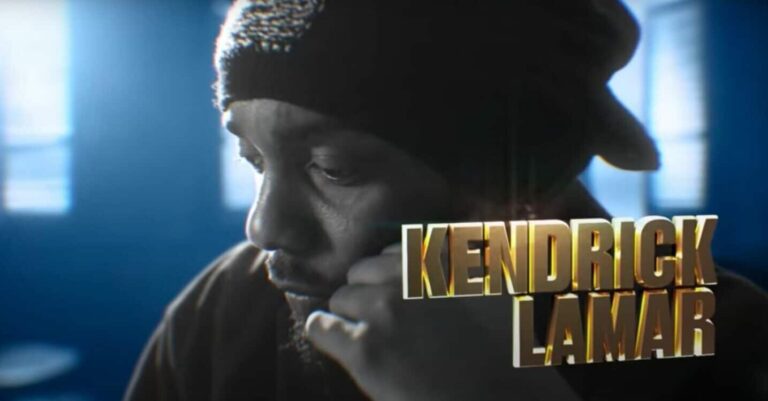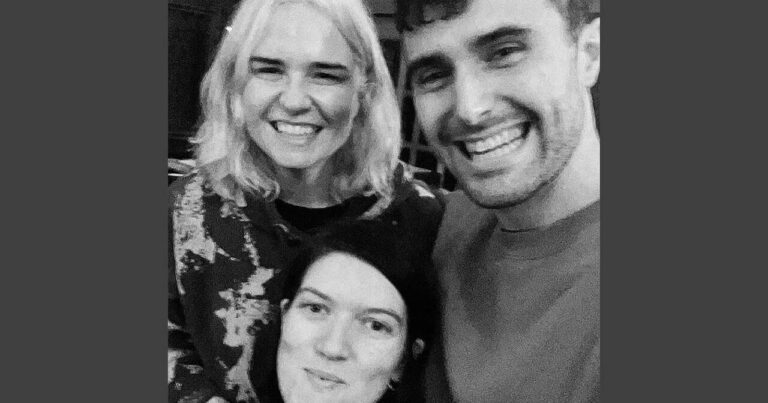MUBI, the streaming service known for promoting independent cinema, have unveiled their list of films for February. The list of films includes Valdimar Jóhannsson’s genre debut Lamb (2021), which won the Prize of Originality award at the 2021 Cannes Film Festival.
In addition, it also includes Never Gonna Snow Again, a film by Małgorzata Szumowska and Michal Englert, which follows an Eastern European masseur Zhenia who possesses a virtually mysterious gift. Working in a gated community in Poland, he quickly becomes a guru-like figure to his affluent clients, treating their pains and fears. Yet, Zhenia’s background remains a mystery, leaving the residents to wonder what secrets the outsider might be bearing with him.
This is the current list of films on MUBI in February 2022.
1 February | The Monopoly of Violence | David Dufresne | From France with Love
2 February | Looking for Venera | Norika Sefa | Festival Focus: Rotterdam
3 February | Never Gonna Snow Again | Małgorzata Szumowska, Michał Englert | MUBI Spotlight
4 February | Hissène Habré, a Chadian Tragedy | Mahamat-Saleh Haroun
5 February | My Life as a Courgette | Claude Barras
6 February | Rams | Grímur Hákonarson | New Icelandic Cinema
7 February | Dog | Andrea Arnold | Three Shorts by Andrea Arnold
8 February | The Night Doctor | Elie Wajeman | From France with Love
9 February | TBC
10 February | Ballad of a White Cow | Behtash Sanaeeha, Maryam Moghaddam | Festival Focus: Berlinale
11 February | Cow | Andrea Arnold | Luminaries | A MUBI Release
12 February | Asako I & II | Ryusuke Hamaguchi | In The Mood For Love (Valentine’s Day)
13 February | L’amant Double | François Ozon | In The Mood For Love (Valentine’s Day)
14 February | Love Affair | Leo McCarey | François Ozon | In The Mood For Love (Valentine’s Day)
15 February | For Lucio | Pietro Marcello | Festival Focus: Berlinale
16 February | Taste | Le Bao | Undiscovered / Festival Focus: Berlinale | A MUBI Release
17 February | Human Factors | Ronny Trocker | Festival Focus: Berlinale
18 February | Petite Maman | Céline Sciamma | Luminaries / Festival Focus: Berlinale | A MUBI Release
19 February | Boarding Gate | Olivier Assayas
20 February | Funny Games | Michael Haneke | Original Vs. Remake
21 February | Sister | Ursula Meier
22 February | The Invisible Life of Euridice Gusmão | Karim Aïnouz | MUBI Spotlight
23 February | The Child of Another (Muna Moto) | Jean-Pierre Dikongue-Pipa | Rediscovered | A MUBI Release
24 February | White Afro | Akosua Adoma Owusu | Akosua Adoma Owusu: The Hair Trilogy
25 February | Lamb | Valdimar Jóhannsson | Debuts / New Icelandic Cinema | A MUBI Release
26 February | Jiro Dreams of Sushi | David Gelb | Portrait of the Artist
27 February | Funny Games US | Michael Haneke |Original Vs. Remake
28 February | For Ellen | Kim So Yong | Performers We Love
